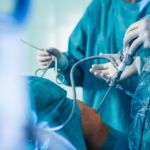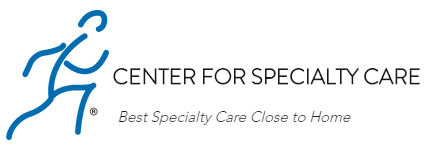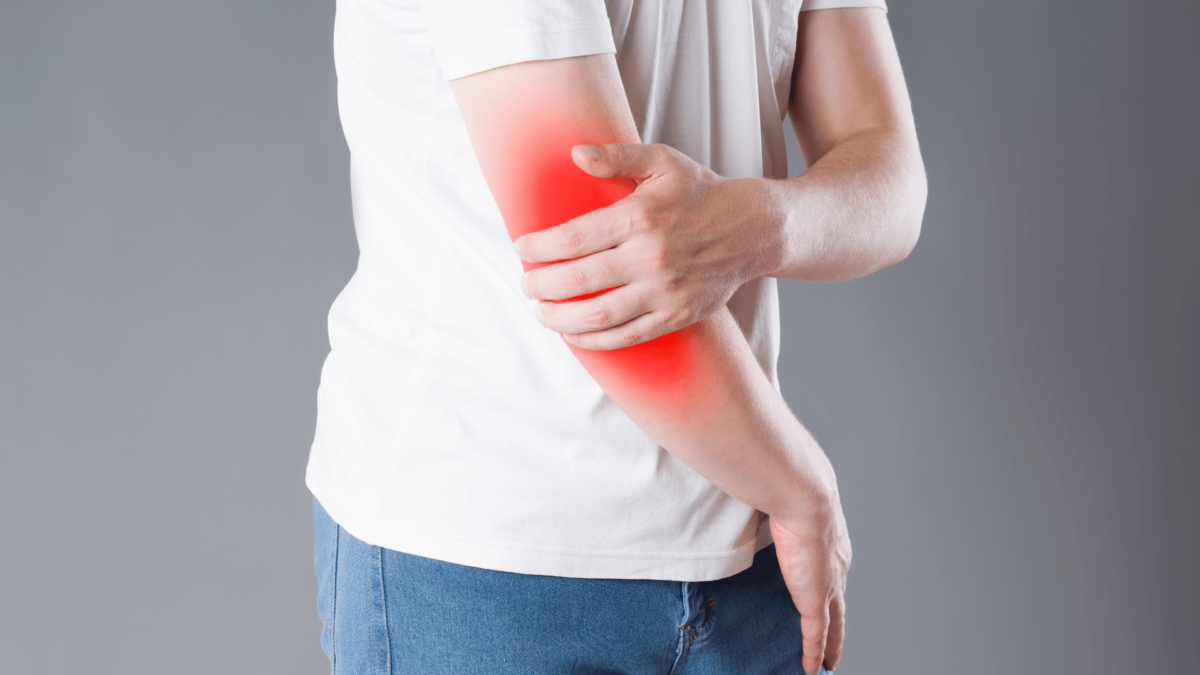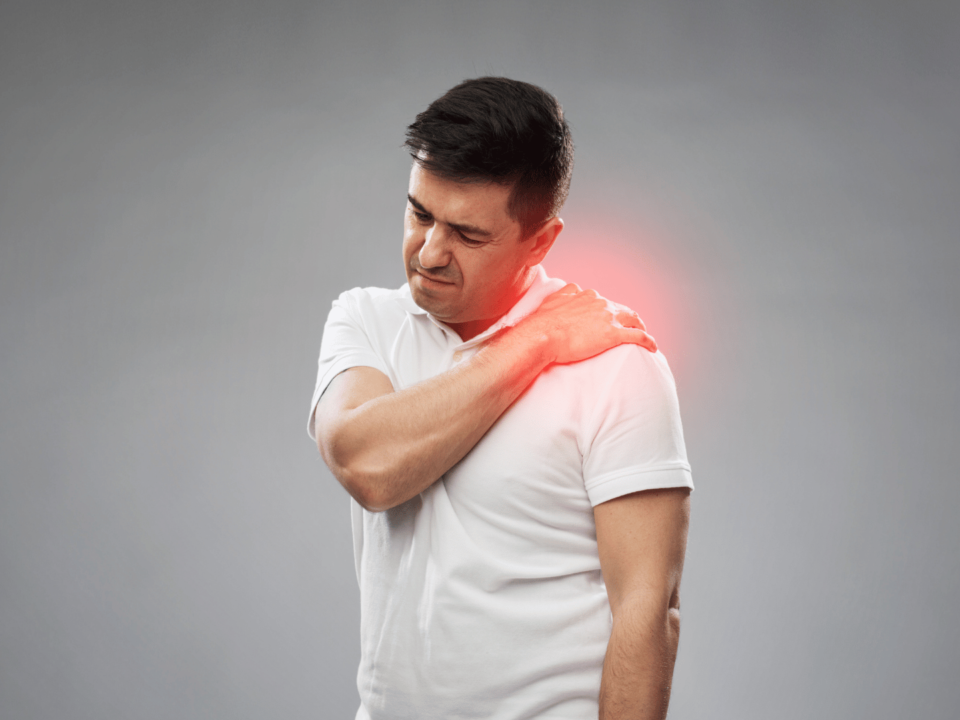
Doctor for Shoulder Problems | Your Guide to Specialized Care
February 3, 2025
Orthopedic Surgeon Near Me | How to Find Expert Care for Your Bones and Joints
February 10, 2025Elbow pain can disrupt your ability to perform even the simplest everyday tasks—like lifting a cup of coffee, turning a doorknob, or typing on a keyboard. From overuse injuries such as tennis elbow and golfer’s elbow to more serious conditions like fractures and arthritis, elbow issues can develop for a variety of reasons. If you’re dealing with persistent discomfort, locating reputable elbow doctors near you is key to getting the specialized care you need. In this post “How to Find the Best Elbow Doctors Near Me”, we’ll guide you through why you might need an elbow specialist, what to expect during a consultation, and how to find the best medical professionals in your area.
Relieve elbow pain faster: schedule an appointment now
1. Why See an Elbow Doctor?
While minor aches or strains may improve with rest, icing, and over-the-counter medications, some injuries and conditions benefit from professional assessment and targeted treatment:
- Persistent or Severe Pain: If your elbow pain lasts longer than a few days, intensifies, or limits your normal activities, it’s important to consult a specialist.
- Repetitive-Strain Injuries: Jobs and sports involving repetitive motions can lead to long-term tendon or joint problems that require specialized care.
- Fractures and Dislocations: Trauma-related injuries may require prompt evaluation, imaging, and possible surgical intervention.
- Underlying Conditions: Autoimmune diseases like rheumatoid arthritis can cause systemic joint damage, including the elbows.
An experienced elbow doctor—often an orthopedic or sports medicine specialist—can correctly diagnose the issue, recommend treatments (non-surgical or surgical), and help you return to everyday activities pain-free.
2. How to Find the Right Elbow Doctor Near You
2.1 Ask for Referrals and Recommendations
A good starting point is to ask for referrals from people you trust.
- Primary Care Physician: They can offer recommendations for respected elbow specialists in your network.
- Family and Friends: Personal referrals are often the most reliable, as they come from firsthand experiences.
- Physical Therapists: If you’ve been in rehab for another issue, your therapist may have insights on local elbow doctors with a strong track record.
2.2 Check Credentials and Experience
- Board Certification: Look for specialists who are board-certified in orthopedics or sports medicine.
- Subspecialty in Elbow/Upper Extremity: Some doctors focus on specific areas of the body, which often means they have more experience treating complex elbow issues.
- Reputable Hospitals or Clinics: Affiliation with a well-regarded hospital or clinic can be an indicator of quality.
2.3 Read Online Reviews and Testimonials
Patient reviews on health-focused websites or platforms (e.g., Healthgrades, Zocdoc, Google) can provide insights into the overall patient experience—such as a doctor’s bedside manner, the responsiveness of the office staff, and the clarity of post-treatment instructions. While individual reviews can be subjective, patterns of positive or negative feedback can guide you toward the right specialist.
3. What to Expect During Your Appointment
3.1 Initial Consultation
Your elbow doctor will begin with a thorough discussion of your symptoms, medical history, and lifestyle factors. They may ask questions about when your pain started, whether certain activities aggravate your symptoms, and which treatments you’ve already tried.
3.2 Physical Examination
Next, the doctor will perform a targeted physical exam, checking your elbow’s range of motion, stability, and areas of tenderness. Special movement tests can help isolate specific structures—like tendons, ligaments, or the joint capsule—that might be causing pain.
3.3 Diagnostic Imaging
If more information is needed, the doctor may order tests like:
- X-Rays to look for fractures, dislocations, or arthritic changes.
- MRI or Ultrasound to examine soft tissues such as ligaments and tendons.
- CT Scans for complex bone or joint issues.
Explore our Pain Management page for comprehensive care.
4. Common Treatment Approaches
4.1 Non-Surgical Options
- Physical Therapy: Strengthening and flexibility exercises can help reduce strain on the elbow joint.
- Medications: NSAIDs (nonsteroidal anti-inflammatory drugs) or prescription meds may alleviate pain and inflammation.
- Bracing or Splinting: Restricts movement in order to allow injured tissues to heal.
- Injections: Corticosteroid or platelet-rich plasma (PRP) injections can provide targeted relief.
4.2 Surgical Treatments
If conservative methods don’t yield sufficient improvement, or if there is significant structural damage, surgery may be recommended. Surgeons can remove damaged tissue, repair torn tendons or ligaments, and stabilize the joint. Common procedures include:
- Arthroscopy: A minimally invasive technique using small incisions and a camera to visualize and treat elbow problems.
- Open Surgery: Used for more complex injuries or reconstructions that require full access to the joint.
5. The Road to Recovery
Whether you go the non-surgical or surgical route, a structured rehab program is often essential. Your elbow doctor may work closely with physical therapists to create a customized plan that focuses on:
- Restoring Strength and Flexibility: Targeted exercises help regain lost function and prevent future injuries.
- Pain Management: You may need medications, cold therapy, or alternative methods (e.g., acupuncture) to stay comfortable during recovery.
- Gradual Return to Activity: By following a safe timeline, you reduce the risk of re-injury and ensure long-term success.
Elbow Surgeon Near Me: Conclusion
Navigating elbow pain can feel overwhelming, but connecting with a knowledgeable and experienced elbow doctor near you makes all the difference. From personal referrals to checking online reviews, there are multiple ways to find an orthopedic specialist who fits your needs. Once you’ve chosen a doctor, expect a thorough evaluation and a treatment plan designed to get you back to your normal routine, whether it’s carrying groceries, swinging a tennis racket, or simply moving through the day without discomfort.
If you’re ready to stop letting elbow pain limit your life, don’t hesitate—take the first step in finding specialized care right in your neighborhood. A dedicated elbow doctor can diagnose the root cause of your discomfort, offer a range of cutting-edge treatments, and guide you through an effective recovery plan that puts you on the path to lasting relief.
FAQ: Elbow Doctors Near Me
When should I consult an elbow specialist instead of my regular doctor?
If elbow pain persists beyond a few days, worsens despite rest and home remedies, or interferes with daily activities (like lifting or typing), it’s time to see a specialist. Serious injuries (e.g., fractures or dislocations) also warrant immediate evaluation by an orthopedic or sports medicine doctor.
How do I find a reputable elbow doctor near me?
Referrals: Ask your primary care physician, friends, family, or physical therapist for recommendations.
Credentials: Look for board-certified orthopedic doctors or sports medicine specialists, ideally with a focus on the upper extremity.
Reviews: Read online testimonials to gauge patient satisfaction and overall care quality.
What diagnostic tests can I expect during my first visit?
Your doctor may order X-rays to assess bone structure, MRI or ultrasound to evaluate soft tissues (tendons, ligaments), and occasionally CT scans for complex cases. The tests help pinpoint the precise cause of your elbow pain.
Are there non-surgical treatments available for elbow pain?
Yes. Many cases improve with conservative methods such as physical therapy, bracing or splinting, anti-inflammatory medications (NSAIDs), and injections (like corticosteroids or platelet-rich plasma) to reduce pain and inflammation.
When is surgery necessary?
Surgery becomes an option if conservative treatments fail to provide relief, or if there’s a severe structural injury (e.g., significant tendon or ligament damage, fractures). Procedures can range from minimally invasive arthroscopy to open surgery for more complex repairs.
How long does recovery usually take?
Recovery time varies based on the severity of your condition, the type of treatment, and individual healing rates. Arthroscopic procedures can allow a quicker return to daily activities (a few weeks), while more extensive surgeries or severe injuries may require several months of rehabilitation.
Will I need physical therapy?
In most cases, physical therapy is crucial for rebuilding strength, flexibility, and range of motion. A structured rehab program helps prevent re-injury and supports a more complete and lasting recovery.
Does my insurance cover elbow specialist consultations and treatments?
Coverage differs by plan. Check with both the specialist’s office and your insurance provider to confirm whether they’re in-network and to clarify any out-of-pocket expenses or referral requirements.




